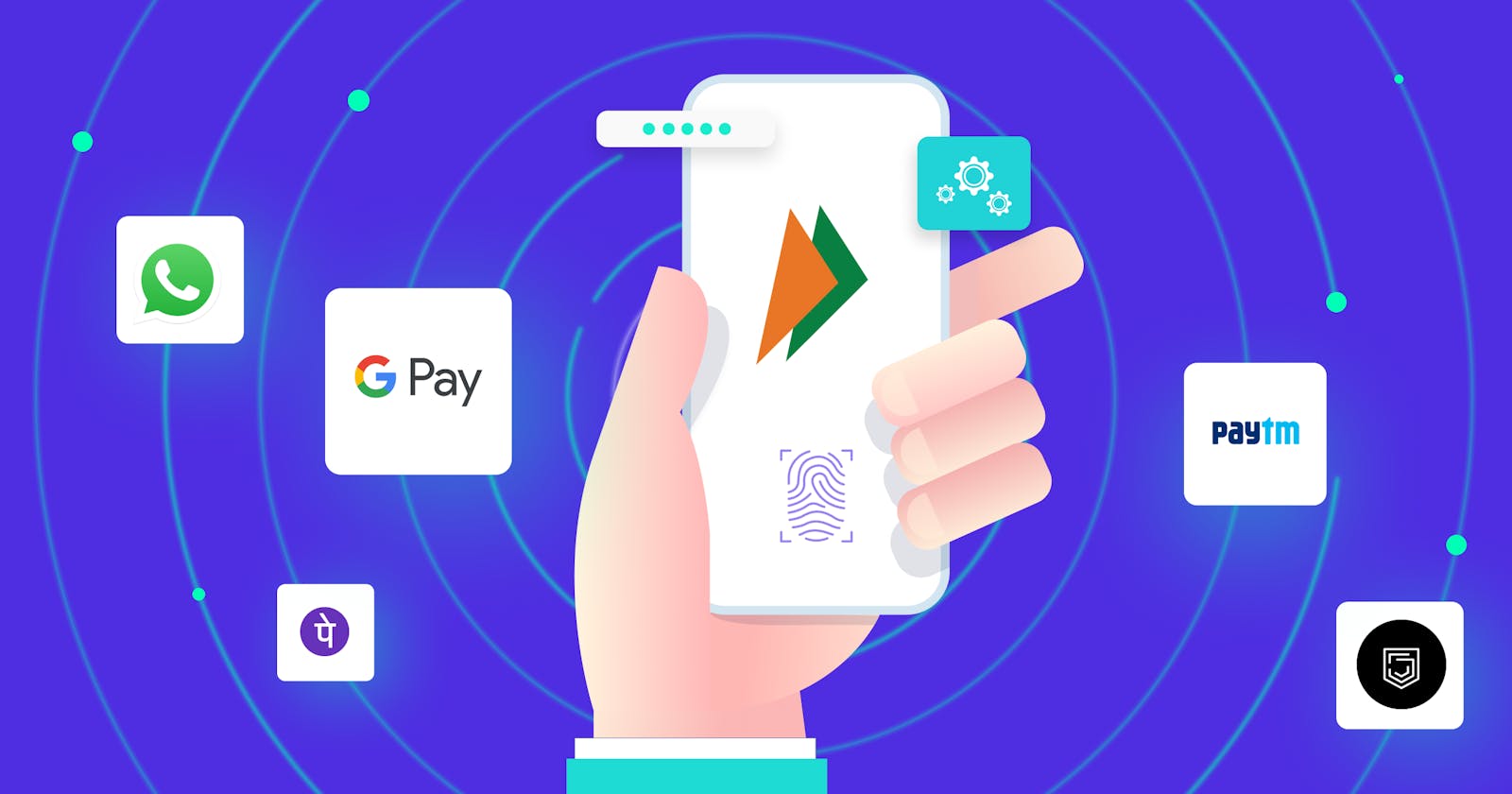Table of contents
What is UPI?
- UPI full form is Unified Payments Interface. The first major step taken by India to achieve a cashless economy was the introduction of Unified Payment Interface (UPI).
- With the help of the new feature, your smartphone can be used as a virtual debit card. You can also receive and send money with the help of UPI.
- UPI payments are next generation payment platform enables secure, reliable, fast transactions in just few steps, and transaction time is less than 3 seconds, started with BHIM now Paytm, PhonePe, Google Pay, and many more are integrated with UPI.
- It allows users to link more than one bank account in a single smartphone app and make fund transfers without having to provide IFSC code or account number.
Why UPI?
- UPI is the cheapest mode of payment and that’s why most banks have declared it Free of Cost. (unlike other modes of payments)
- UPI allow QR based payment transaction, reduce time to make a payment.
- UPI also allows merchants to accept payments from customers without having to share their bank account details or other personal information.
- UPI is not just about sending money but also you can “Request for Money”.
- Third-Party applications/Payment service provider(psp) apps like Gpay, PhonePe, Paytm..etc, have entered the market with hefty cashback and it makes more appealing for customers to perform more transactions using these psp apps!
- With one click, there is a two-factor Authentication - Aligned with the Regulatory guidelines, and also provides a seamless single click payment.
- You can easily share your bills with friends.
- Negates the hassle of cash on delivery, or even going to an ATM.
Note: for making payments/transactions via UPI you need:
- A smartphone
- Internet connection
- An active Bank account
- Phone number linked with bank account
Participants in UPI
- The Banks – Banks hold your money. UPI works directly with the bank accounts.
- Beneficiary Bank – Involvement of receiver’s bank account.
- Remitter Bank – Involvement of Payer’s Bank and attached account.
- The Payment Apps – or you call call it psp (payment service provider) applications like Gpay, PhonePe, Paytm..etc
- NPCI – National Payments Corporation of India (NPCI) is a non-profit set up by the Government of India to facilitate digital payments. They facilitate many payment schemes (like IMPS, BBPS, FASTag, etc.)
- Payer – The person who is initiating the payment.
- Payee – The person who receives the payment.
How does it work??
- The customer initiates the transaction either with Payee’s mobile number, or VPA / QR
- The Payer PSP will forward the same request to the NPCI
- Following that, the NPCI UPI server will forward the same request to the Payee’s PSP for address resolution and authorization
- The payee PSP resolves the address and provides the account details (works with the Remitter bank)
- The Payee PSP will provide the bank details to UPI and the same will be forwarded to NPCI
- Now, the NPCI will check with the remitter bank to debit funds from the payer’s account
- Once money gets debited, a credit request is sent to the beneficiary’s bank
- The beneficiary bank credits the Payee’s account and later responds to NPCI UPI
- Now, the NPCI UPI server passes the response to the status of the transaction via Payer’s PSP to the customer

Conclusion
The main aim of the UPI applications is to promote digital transactions and paving way for a cashless economy. With UPI, users can avail the benefit of not carrying physical cash or any form of plastic money. All transactions can be taken care of using their smartphones.
